The documentary Elizabeth Taylor: The Lost Tapes, directed by Nanette Burstein, is centered on a collection of interviews Elizabeth Taylor gave starting in 1964, where her candidness offers a revealing look into her life.

The 1960s are often marked by two major events: the assassination of John F. Kennedy and the Beatles’ debut on The Ed Sullivan Show, which symbolized a shift toward new cultural possibilities. However, another significant phenomenon of the era was the high-profile romance between Elizabeth Taylor and Richard Burton. This affair is often remembered as a pinnacle of celebrity gossip, but Burstein’s documentary shows that it was more than that; it had a mythological quality.
Taylor and Burton’s relationship was unprecedented in its level of public scrutiny, becoming a symbol of the new age of media intrusion. Their romance unfolded at a time when divorce was becoming more accepted, and their story bridged the old and new eras. Taylor, a star since the early ’40s with a beauty compared to other icons like Vivien Leigh and Marilyn Monroe, was the first actress to be paid $1 million for a role. Their affair, which included Taylor leaving her husband Eddie Fisher for Burton, was widely criticized, including by the Vatican. Yet it also reflected a broader cultural shift towards valuing personal fulfillment and self-expression, themes that characterized the 1960s.
The documentary features Taylor’s interviews with journalist Richard Meryman, conducted for a book project. These tapes capture Taylor’s expressive and varied emotions—whether playful, mournful, or candid. They offer intimate insights into her life, including her reflections on her marriages and her interactions with notable figures like James Dean and Montgomery Clift.
Burstein’s film also highlights Taylor’s critical views on her own film work, such as her disdain for Butterfield 8, which she won an Oscar for under less than ideal conditions. Despite her critical take on some of her roles, the documentary shows how her anger and personal experiences influenced her performances, leading to her acclaimed work in Who’s Afraid of Virginia Woolf?
The documentary includes a memorable account of Taylor meeting Burton, illustrating the initial challenges and eventual deep connection between them. Their relationship, marked by mutual support and tumultuous periods, ultimately contributed to their public persona. As Taylor’s career progressed, the media’s focus shifted from celebrating glamour to highlighting personal struggles and failures. Despite the difficulties, Taylor’s later years were marked by her significant work in AIDS activism, demonstrating her continued influence and commitment to advocacy.












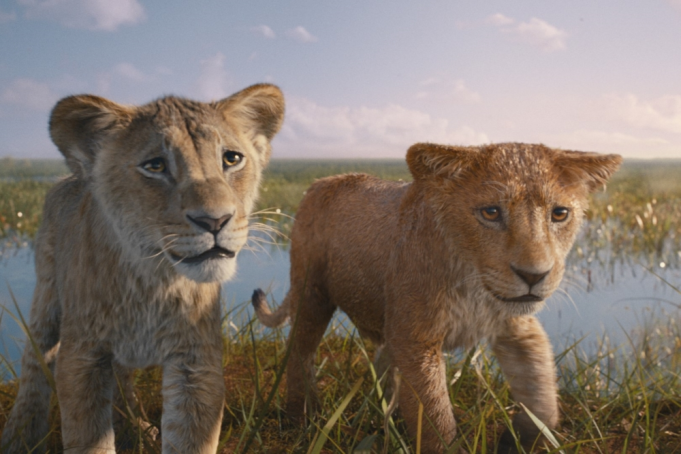
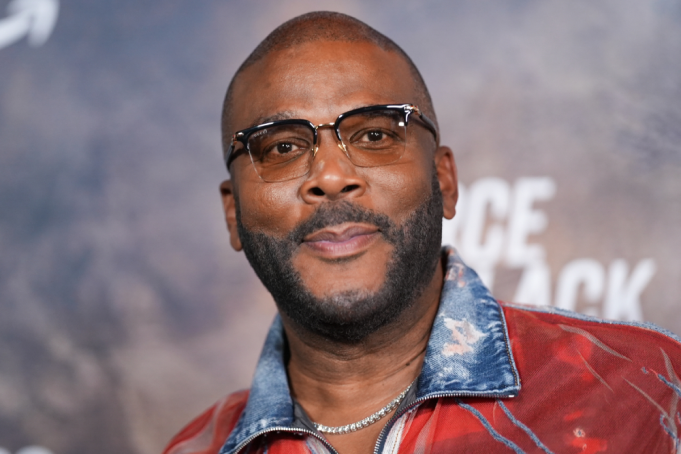
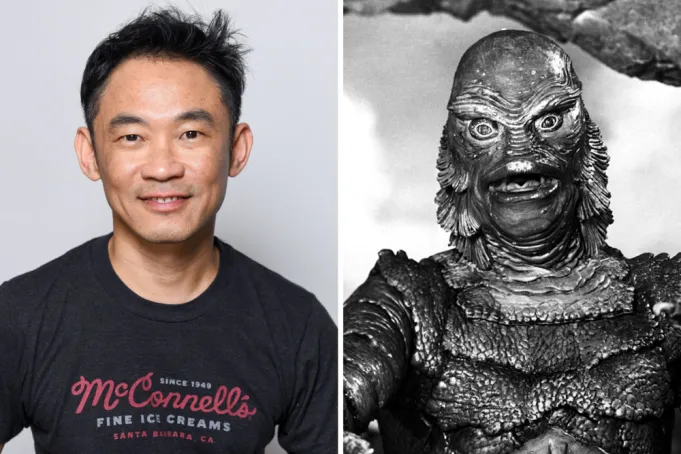
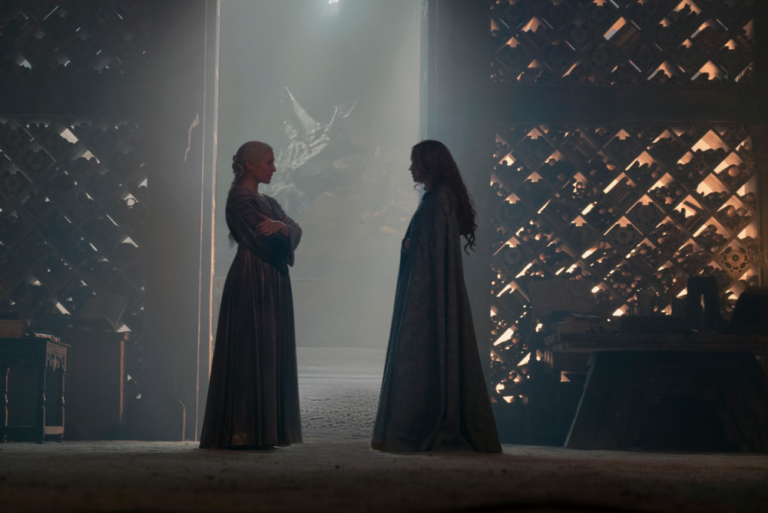

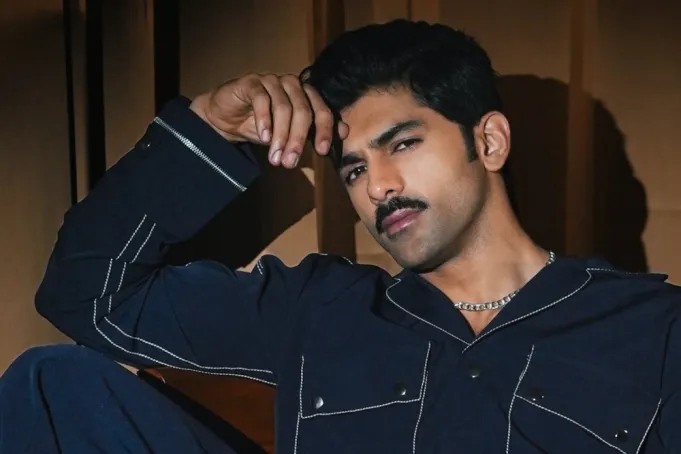


+ There are no comments
Add yours